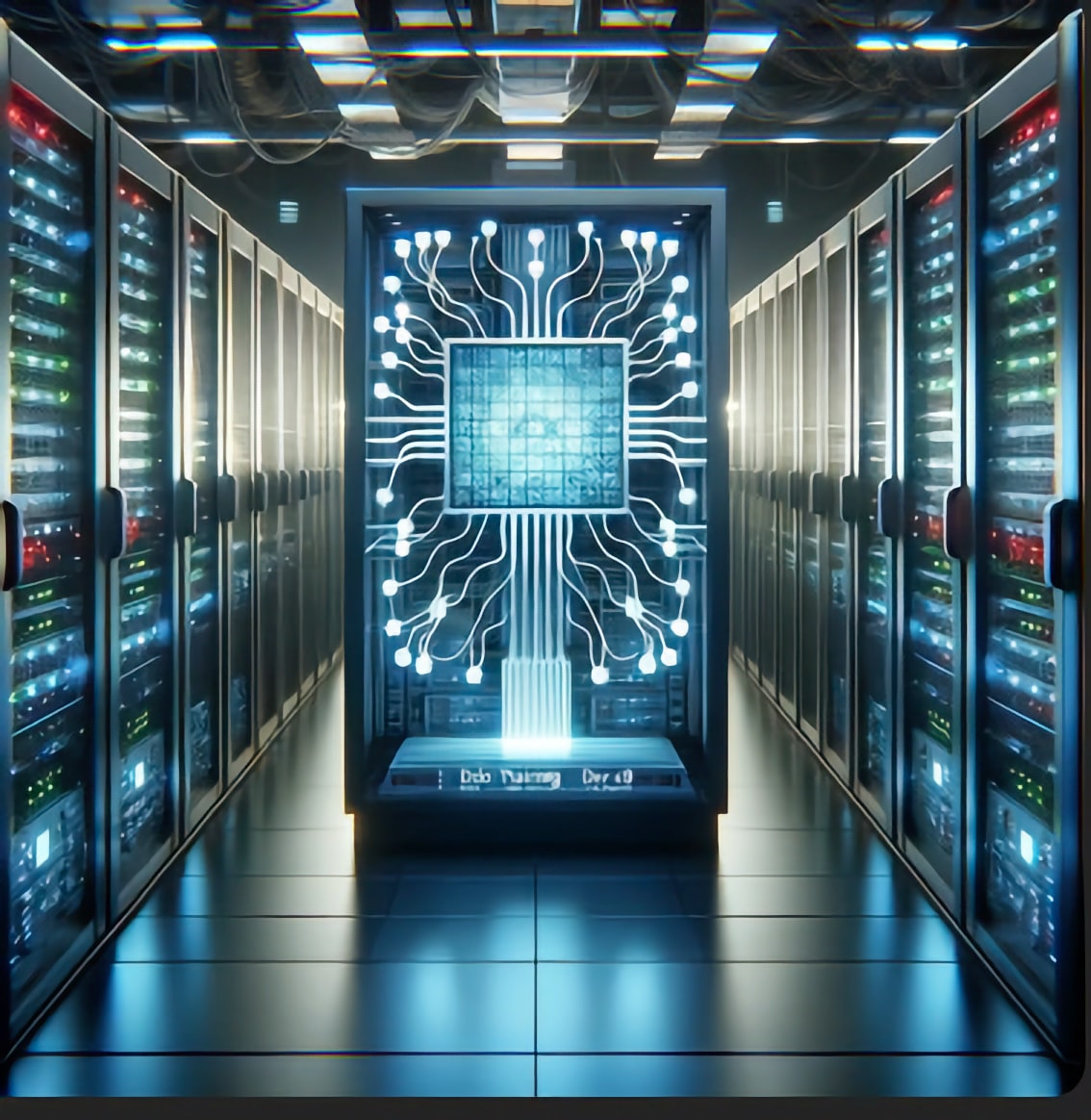Hey tech enthusiasts! Let’s dive into the latest on Tesla’s ambitious Dojo supercomputer project, designed to be the ultimate AI training powerhouse. Buckle up, because this story involves cutting-edge tech, massive investments, and Elon Musk’s vision for a self-driving future.
The Birth of Dojo
Tesla’s Dojo project started with a simple yet grand idea: to build a supercomputer that can train AI models at an unprecedented scale. This vision materialized into the Dojo training tile, a cornerstone of Tesla’s AI ambitions. Each tile integrates 25 D1 chips, creating a 5×5 array. These chips are designed using TSMC’s 7-nanometer process, packing nearly 50 billion transistors into a compact, high-performance package .
The Power of Integration
What makes Dojo tiles truly remarkable is the System-on-Wafer (SoW) technology. This method stitches together processors into a single, dense package, ensuring high-bandwidth interconnects and reducing bottlenecks. Essentially, it’s like having an orchestra of processors playing in perfect harmony, allowing for rapid data processing and neural network training .
Scaling Up
Tesla’s approach to Dojo is all about scalability. The system is designed to expand as AI models grow in complexity. Imagine upgrading your computer’s GPU to handle the latest video game – that’s what Tesla aims to achieve with Dojo, but on a much larger scale. This flexibility ensures that Tesla can continue to enhance its AI capabilities without needing to overhaul the entire system .
Cooling Innovation
One of the significant challenges Tesla faced was cooling. With so much processing power packed into a small space, keeping the system cool is crucial. Tesla tackled this by developing custom cooling solutions, integrating mechanical, electrical, and thermal management into a single unit. This not only ensures efficiency but also maintains the high performance of the Dojo tiles .
The ExaPod
The real magic happens when these tiles are combined. Tesla’s goal is to link multiple tiles to form the ExaPod, a behemoth capable of delivering exaflop-class computing power. For context, an exaflop is one quintillion floating-point operations per second. It’s like having a supercharged brain that can process information at lightning speed .

Production and Investment
Recently, TSMC began producing the next-gen Dojo tiles, with Tesla planning to scale up production significantly. The company aims to reach 100 exaflops by the end of 2024, making Dojo one of the top five supercomputers globally. To support this massive undertaking, Tesla announced a $500 million investment to build a new Dojo cluster at Gigafactory New York .
The Road Ahead
Despite some leadership changes and initial delays, Tesla is pushing forward. The first Dojo cluster came online last summer, and production is set to ramp up next month. Elon Musk has been candid about the project’s challenges, describing it as a “long shot” but one worth taking due to its potential high payoff. This blend of ambition and realism is classic Musk, driving Tesla to innovate continuously .
Application and Impact
Dojo’s primary task will be processing video data from Tesla’s fleet to improve the Full Self-Driving (FSD) software. This involves training AI models to understand and navigate real-world driving scenarios, enhancing the safety and efficiency of autonomous vehicles. The faster and more efficiently this data can be processed, the quicker Tesla can roll out improvements to its FSD system .
Beyond Autonomous Driving
But the implications of Dojo extend beyond just cars. The supercomputer’s capabilities can be leveraged for various AI applications, from robotics to advanced simulations. Tesla’s Optimus robot, for example, could benefit significantly from the training power of Dojo, accelerating its development and deployment .
The Future of AI
Looking ahead, TSMC has even bigger plans. By 2027, the company aims to introduce Chip-on-Wafer-on-Substrate (CoWoS) technology, potentially increasing computing power by 40 times compared to current systems. This evolution in wafer-scale integration could revolutionize AI training, making systems like Dojo even more powerful and efficient .
Final Thoughts
Tesla’s Dojo project is a fascinating blend of cutting-edge technology and bold ambition. It represents a significant leap forward in AI training capabilities, with the potential to transform not just autonomous driving but a wide range of industries. As production ramps up and new innovations emerge, Dojo is set to play a pivotal role in shaping the future of AI.
So, keep an eye on this space, because the journey of Dojo is just getting started, and it promises to be an exciting ride! 🚀

